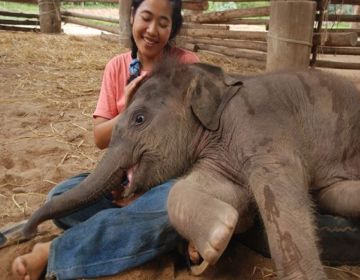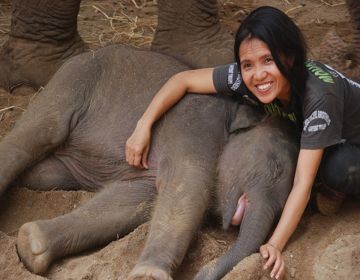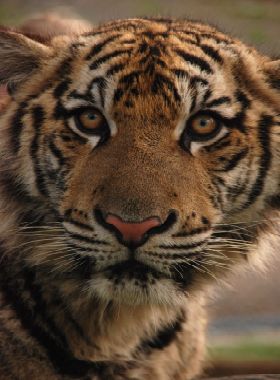
Photo: Azriel Cohen
When we travel and think about expanding our awareness to understand other cultures, we are referring to “human” culture.
Most of us are not thinking about the culture of other-than-human-life.
I invite you to do exactly that – consider other-than-human cultures as part of your travel explorations.


